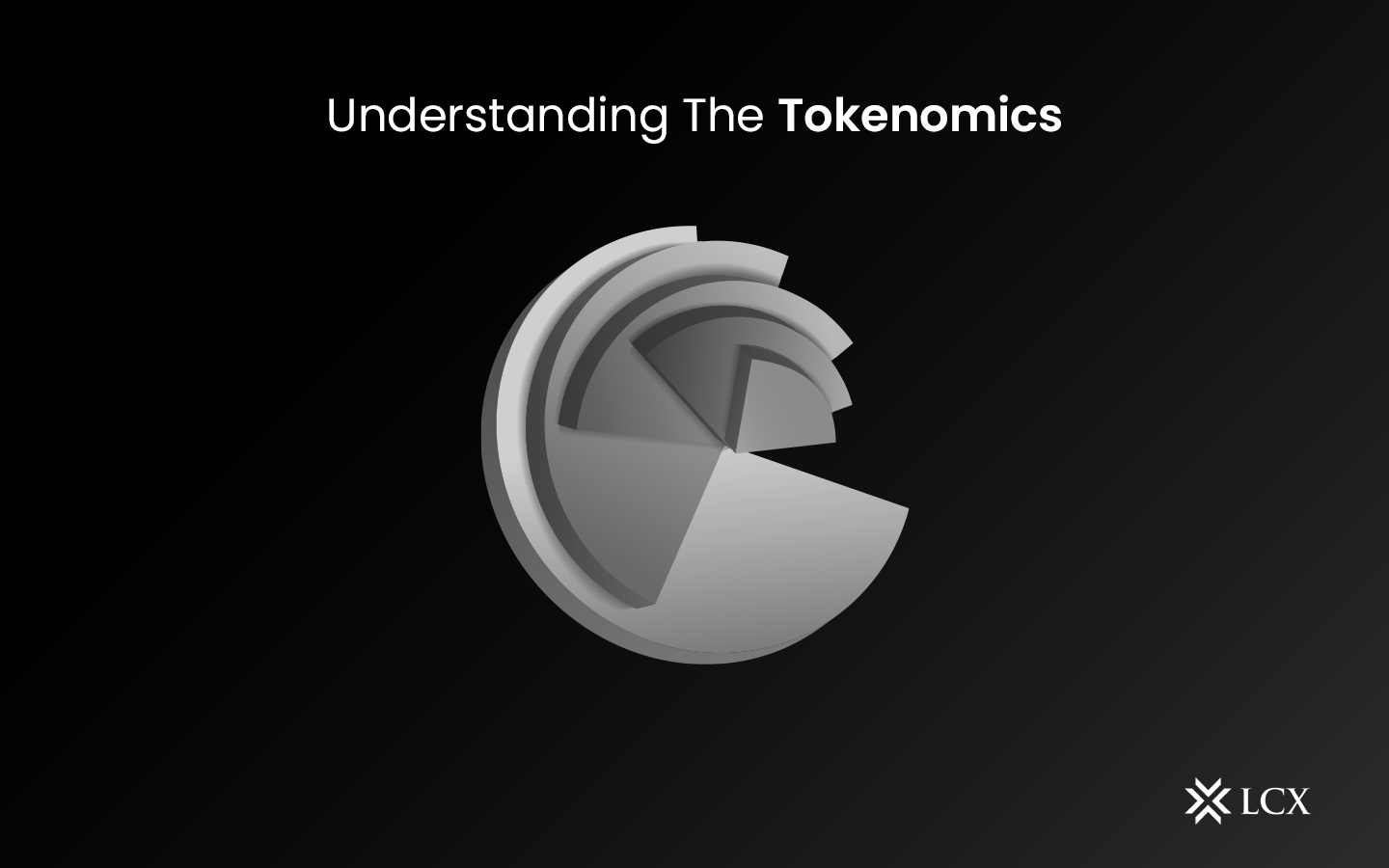Tokenomics has become a big part of crypto projects in recent times. It puts the spotlight on whether the asset tends to work, as well as the behavioral or psychological forces that are capable of affecting its valuation. Actively encouraging the holding and purchase of the token, as well as well-designed tokenomics, are critical to a successful project.
Projects with weak tokenomics, on the other hand, will fail sometime in the future. Inadequate token dynamics represent the initial sign of trouble to come. If you want to decide whether or not to buy a crypto asset, you need to know a lot about tokenomics.
What Is Tokenomics?
Tokenomics is made up of two works: tokens and economics, dealing with the demand and supply traits of a crypto project. All economic factors of a token are considered here, including distribution, issuance, demand, supply, and attributes.
A crypto token can now be defined as a digital currency that runs on a blockchain. This token holds a certain value just like any other currency, so it is exchangeable too.
There is a difference between traditional and token economy. The governments all around the world have been creating additional money in the long era of history, either to get away with the expenses of war or when raising revenue is not a viable option. But, when the additional money is minted, the existing one loses some of its value.
Whereas, in case of crypto projects, the issuance of tokens is algorithmically scheduled. It is allowed to calculate the total amount of tokens in circulation at any given time. The coin distribution to various stakeholders is also planned ahead of time. Even though it is technically possible to change the distribution plan and release schedule, the process is hard to carry out.
How Does It Work?
Tokenomics establishes the crypto project’s economy by providing incentives for token hodlers and establishing the value of the tokens, which is a significant factor in their demand. There are different variables used by developers to influence various aspects of tokenomics are:
- Token allocation and vesting period: In crypto projects, comprehensive token allocations to relevant parties have become the norm. It is now a common practice to retain a vesting period on tokens allocated to developers or venture capitalists for establishing product credibility. The vesting period locks all the tokens of developers for a set period of time, protecting the investors from violators of pump and dump schemes.
- Supply: The supply of coins is a primary indicator in tokenomics of various projects. You must consider both the total and the circulating supply. NFT Nonfungible token) projects also limit the number of tokens that can be minted. NFTs get expensive when they are rare and exclusive.
- Mining and staking: At the moment, blockchains such as Bitcoin and Ethereum issue tokens to reward miners for validating transactions. This is known as proof-of-work (PoW). Miners must utilize their computing power to create new blocks that are then added to the blockchain. The blockchain with proof-of-stake (PoS) consensus rewards those validators who lock some of their coins in a smart contract. Ethereum is also heading towards this consensus.
- Token burns: The crypto protocols must burn tokens to remove them from circulation permanently in order to prevent inflation. The price is likely to rise as the number of tokens in circulation decreases. LCX also participates in token burn through its TIA token.
Conclusion:
A thorough knowledge of tokenomics equips you with the fundamental skills needed for the evaluation of a crypto project. You can learn about the supply and demand for tokens by reading their documentation or white paper. You will also be able to determine how their team is driving token demand and reasonably assess its long term prospects.
Tokenomics is a crucial consideration when assessing a token’s performance in comparison to fiat currency, or other cryptocurrencies. Analyses allow you to determine whether the developers have introduced a creative idea or simply using the existing ones for token allocation. It aids in selecting projects with decent tokenomics, increasing the value of your investment.









